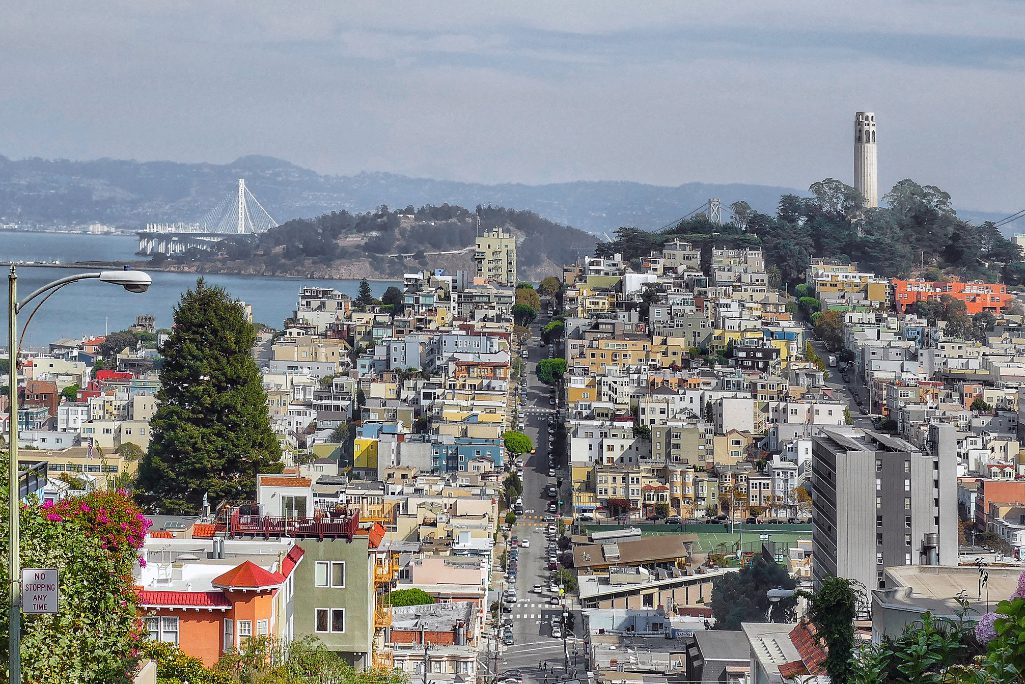Skift Take
The U.S. has powered through the pandemic on a blend of welfare Zoloft and equity market Red Bull. The mix has led to inflationary side effects. But travel companies are happy they're regaining some of their pricing power.
In the U.S., a hot job market, supply constraints, and a cautious rebound in domestic leisure and business travel have contributed to accelerating consumer price inflation this summer. Prices for airfares, car rentals, and hotel stays have been swinging upward, according to data released on Tuesday by the Bureau of Labor Statistics.
Travel price inflation — or technically re-inflation after a pandemic depression — contributed to driving the national inflation rate to 5.4 percent in June, the highest monthly level in 13 years.
“Car rental is the only category seeing true inflation above and beyond 2019 price levels,” said Seth Borko, Senior Research Analyst at Skift Research.
Car rental, indeed, was the travel segment most propelling the headline inflation numbers, with an 87 percent year-over-year change. But a more nuanced approach is to compare today’s prices with their pre-pandemic levels, Borko said.
Comparing June 2021 to June 2019, car and truck rental prices have risen 76.25 percent, the bureau reported.
Hotel and motel rates were still down 0.8 percent compared with June 2019, while airline fares were down 9.1 percent compared with two years ago.
For hotels, a little bit of added pricing power could be a positive thing.
“We have some tailwinds because of inflation and inflation could be something that could cost us, obviously, when it comes to [property] improvement plans,” Norman Leslie, president of National Hospitality Services, told Skift Research. “But it could be very, very positive with respect to how we can drive rate.”
The surge in car rental prices is due to a mix of factors that will likely fade. Stimulus payments and tax refunds translated into increased spending on car rentals this year, according to transaction data mapped against stimulus payment data by Cardify, a market research subsidiary of Drop, a mobile rewards service.
The pandemic also upset supply chains for key parts for the car market, and it pressured the finances of debt-laden Hertz, leading to shrunken car rental fleets.
Domestic air travel is slowly rebounding but still faces a mismatch between supply and demand. The price index for airfares rose 2.7 percent month-over-month in June, and fares were up 24.6 percent year-over-year, the Bureau of Labor Statistics reported.
One factor is that domestic business travel has come back faster than expected.
The price hike partly reflected troubles at some carriers with providing flights in sync with increased ticket buying on some routes. Debates have heated up about whether U.S. airlines have enough workers after steep staffing cuts during the pandemic. But the problems appear to be getting addressed. The 2.7 percent price hike in June was a lower magnitude than the 7 percent jump in May.
The hotel sector faced a similar hiring challenge as hospitality brands reopen and restaff in a tight labor market. Hotels saw prices rise 16.9 percent year-over-year. The price gain is a good thing as it shows that hotels and the travel sector, in general, are recovering pricing power, as Skift recently noted in “Why a Little Inflation Could Be Good for the Travel Sector.”
The main negative is rising labor costs. The cost of hotel and motel rooms rose nearly 8 percent between May and June, partly reflecting a hot labor market.
While supply disruptions will fade, it’s less clear how long a scarcity of labor persists in some segments. The U.S. hotel sector had been broadly accustomed to paying about $12 an hour pre-pandemic, but competition from major non-travel employers such as Amazon has been pushing up wage expectations for many workers.
Factors to watch include how hospitality sector hiring is affected after the federal government likely pulls back supplementary unemployment benefits in September. A return of full-time schooling will also address some childcare issues that are affecting families in the summer during the pandemic. Changes to immigration patterns might also adjust the balance within the next few years, as Skift noted during its Hospitality and Marketing Summit this spring. For more, see U.S. Travel’s Great Summer of Shortage.
Overall it’s possible to an extent that the next several quarters will present hotel sector leaders with a balancing act between room price inflation and wage inflation, Borko noted. Room price inflation will let hotels gain pricing power to offset their rising costs, unless wage pressures accelerate. Skift Research will explore this topic more in an upcoming hotel owners report. Historically, hotels have been a good investment in real estate during an inflationary environment because you can adjust rates daily, unlike in residential or corporate markets.
The Daily Newsletter
Our daily coverage of the global travel industry. Written by editors and analysts from across Skift’s brands.
Have a confidential tip for Skift? Get in touch
Tags: domestic leisure travel, economy, inflation, u.s. tourism
Photo credit: A 2017 view of San Francisco, California, including Coit Tower and Lombard Street. New inflation numbers in the U.S. show that the prices of rental cars, airplane tickets, and hotel stays are rising. Bernard Spragg / Flickr
